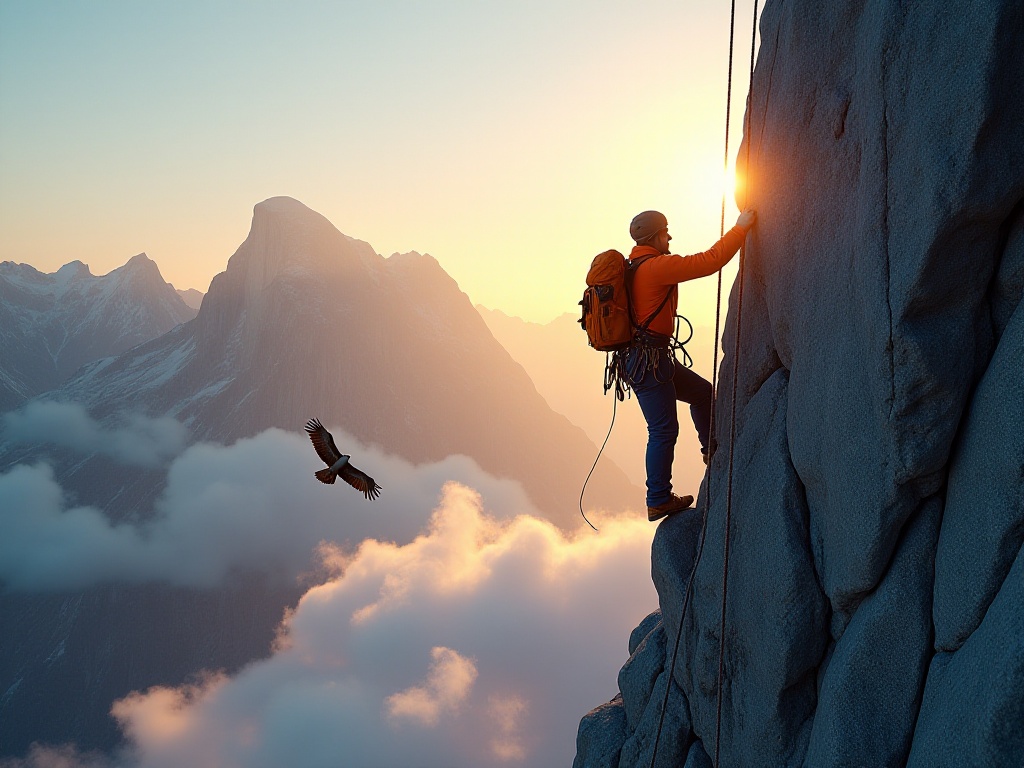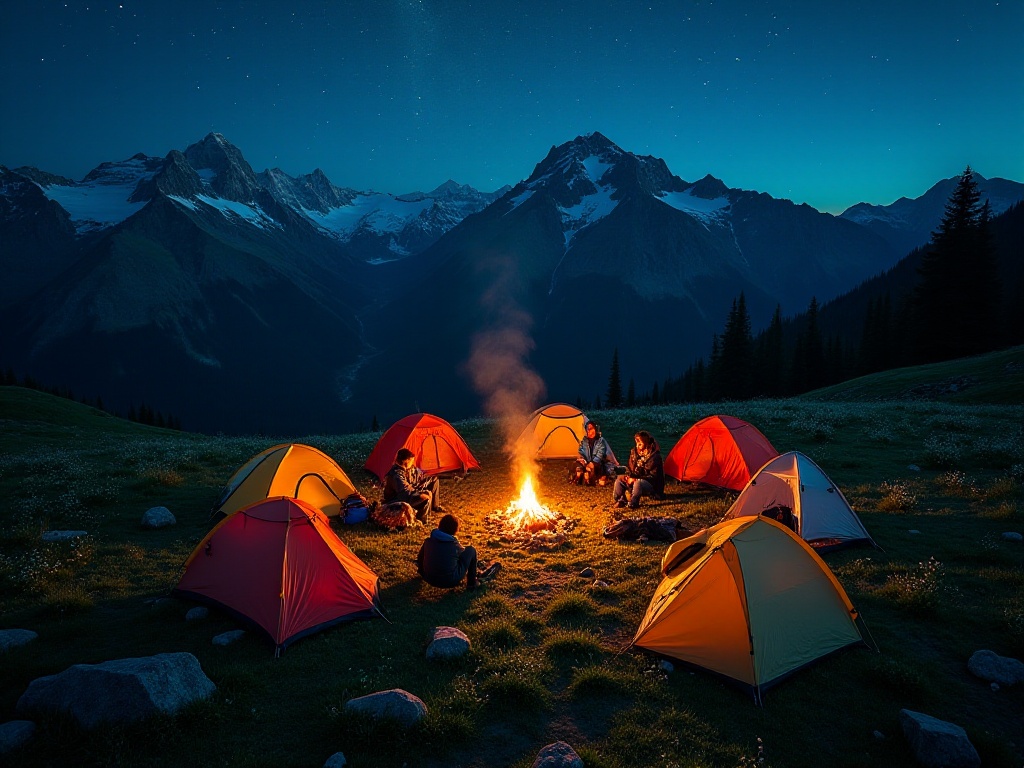
Origin
On a sunny morning, I stood at the foot of Mount Meager, gazing at its mist-shrouded crater. This active volcano in British Columbia, Canada, standing at 2,680 meters, had been my long-desired hiking destination.
Why choose volcano hiking? It started three months ago. I was planning a unique outdoor experience. Regular hiking trails seemed to lack challenge, while mountain climbing appeared too difficult. While I was hesitating, an experienced outdoor enthusiast recommended volcano hiking. He said: "Volcano hiking lets you experience magnificent natural scenery, unique geological wonders, and tests your willpower. This kind of experience is hard to find on other hiking trails."
These words moved me. After careful research, I chose Mount Meager. This volcano not only offers rich geological features but also has moderate hiking difficulty, making it perfect for those wanting to try volcano hiking.
Preparation
Volcano hiking isn't a spontaneous journey. I made thorough preparations to ensure safety.
First was physical training. I started targeted training two months in advance, with three cardio sessions and two strength training sessions weekly. I particularly focused on leg strength, as volcanic terrain is complex and requires good leg support. By departure, I could easily complete two hours of trail running, which gave me confidence for the hike.
Equipment selection was also crucial. I made a detailed checklist:
Waterproof hiking boots were the most important gear. I chose supportive heavy-duty boots and wore them for a month to break them in. I selected a 45-liter backpack, large enough for essentials without being too heavy. Clothing followed a three-layer system: moisture-wicking underwear, fleece, and waterproof shell jacket to handle the volcano's variable weather.
Additionally, I prepared: - Trekking poles: to reduce knee strain - Headlamp: in case of darkness - First aid kit: including bandages, band-aids, and basic medical supplies - Sun protection: for strong high-altitude UV - Adequate water and energy supplements
Before departing, I studied detailed topographic maps of the volcano, understanding each section's characteristics and potential hazards. I also found an experienced local guide, making the entire hike more secure.
Challenges
We began hiking at 6 AM. The first section was relatively gentle, passing through dense coniferous forest. The air was fresh, birds chirped, and this warm-up was pleasant. But as elevation increased, the terrain gradually became more complex.
Around 1,500 meters, the terrain noticeably changed. Volcanic scree sections appeared, requiring extra caution with each step. I was grateful for choosing heavy-duty hiking boots, as their anti-slip and protective features proved invaluable here.
The most challenging part was the final kilometer approaching the crater. The slope was nearly 45 degrees, and loose volcanic ash made each step extremely difficult. You'd slide back half a step for each step forward. I had to adjust my breathing rhythm, slow down, and focus on each footstep.
Then I met a German hiker with ten years of volcano hiking experience. He shared a useful tip: on steep ash sections, move like a penguin with small steps to maintain better balance. This advice made my subsequent climbing much easier.
Gains
After nearly 6 hours of effort, I finally reached the crater. Standing at 2,680 meters, overlooking the sea of clouds below, that moment's emotion was indescribable. Rising steam from the crater's edge reminded me this was an active volcano. The surrounding landscape made me feel like I was on another planet: black volcanic rock, red scoria, and yellow sulfur crystals created a stunning canvas.
At the crater, I met hikers from around the world. We shared food and experiences. Though we spoke different languages, our reverence for nature was universal. An elderly Japanese man told me he had hiked over 100 volcanoes. In his view, each volcano had its own unique personality, just like people.
This hike gave me a new understanding of volcanoes. They're not just points in geography textbooks but witnesses to Earth's powerful forces. Through personal experience, I deeply understood why more people are choosing volcano hiking as an outdoor activity.
Recent data shows global volcano hiking participation has increased 143% over the past five years. In 2023 alone, over 500,000 people participated in various volcano hiking activities. Among these, moderate difficulty volcanoes like Mount Meager are most popular, accounting for 65%.
Recommendations
Based on this experience, I'd like to offer some advice for those planning volcano hikes:
About route selection: Start with lower difficulty volcanoes. According to International Volcano Hiking Association standards, begin with T2 (moderate) level routes. Data shows 83% of first-time volcano hikers had good experiences at T2 level.
About timing: Pay special attention to seasonal factors. Statistics show highest completion rates in spring and fall at 92%. Summer, though clear, is often too hot with only 76% completion rate. Winter requires special attention to snow-related dangers.
About physical preparation: Start training at least two months in advance. Data shows systematically trained hikers have 56% higher completion rates than untrained ones. Weekly recommended schedule: - 3 cardio sessions, minimum 1 hour each - 2 strength training sessions, especially core and lower body - 1 long-distance hike, gradually increasing intensity
About equipment selection: According to surveys, 97% of respondents consider good equipment crucial for success. Particularly: - Break in hiking boots beforehand, recommend minimum 30km wear - Backpack weight shouldn't exceed 1/4 body weight - Must carry sufficient water, recommend 500ml per hour
Looking Forward
Reflecting on this volcano hike, the biggest gain wasn't just completing the challenge, but gaining new self-understanding. You never know how far you can go until you take the first step.
Next, I plan to challenge more volcano hiking routes. My next target is Kilauea Volcano in Hawaii, famous for its unique lava landscapes. Would you like to explore with me?
Remember, volcano hiking isn't just a sport, but an opportunity for intimate contact with Earth. It teaches us to respect nature, challenge ourselves, and know ourselves.
Finally, I'd like to summarize this experience with one sentence: Each volcano is Earth's poem, and hiking is our way of reading it. Are you ready to start your volcano hiking journey?
Next
Unlocking 20 Top Global Outdoor Adventure Destinations That Even Beginners Can Easily Navigate
Discover premier outdoor adventure destinations around the globe, from Norwegian fjords to New Zealand wilderness, Himalayan trails to Great Barrier Reef, offering unique natural experiences and world-class outdoor activities
Planning the Perfect Outdoor Adventure from Scratch: A Guide to Save You a Decade of Trial and Error
A comprehensive guide to outdoor activities and experiences in travel, covering land and water sports, planning essentials, equipment preparation, safety considerations, and special activities including seasonal and extreme sports
Canoe Adventure: An Asian Waterway Journey Through the Eyes of a Water Sports Enthusiast
A comprehensive guide covering various outdoor activities including water sports, land activities, observation experiences, and fishing, with professional guidance and safety tips for kayaking, surfing, hiking, rock climbing, stargazing, and fishing
Next
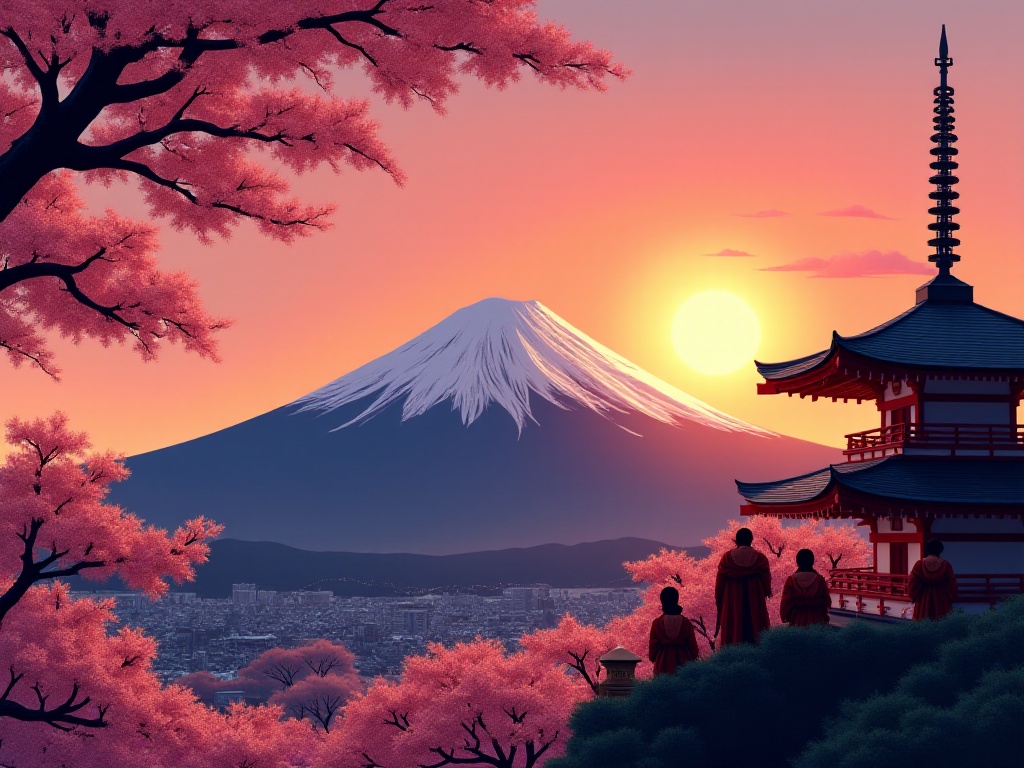
Unlocking 20 Top Global Outdoor Adventure Destinations That Even Beginners Can Easily Navigate
Discover premier outdoor adventure destinations around the globe, from Norwegian fjords to New Zealand wilderness, Himalayan trails to Great Barrier Reef, offering unique natural experiences and world-class outdoor activities
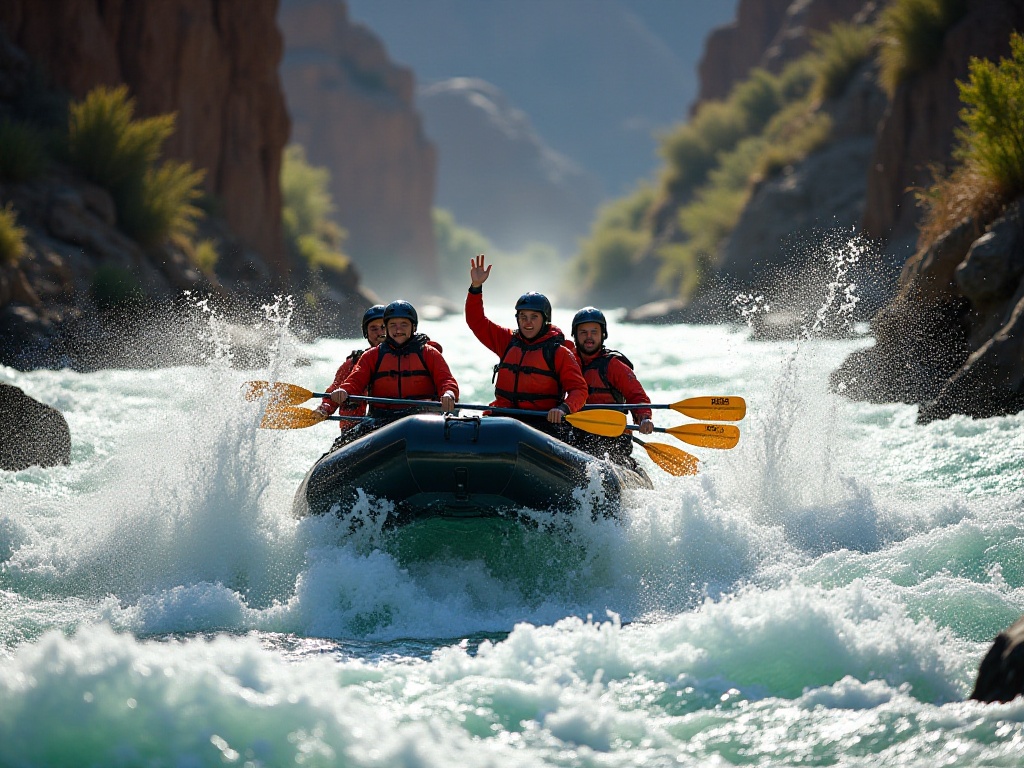
Planning the Perfect Outdoor Adventure from Scratch: A Guide to Save You a Decade of Trial and Error
A comprehensive guide to outdoor activities and experiences in travel, covering land and water sports, planning essentials, equipment preparation, safety considerations, and special activities including seasonal and extreme sports
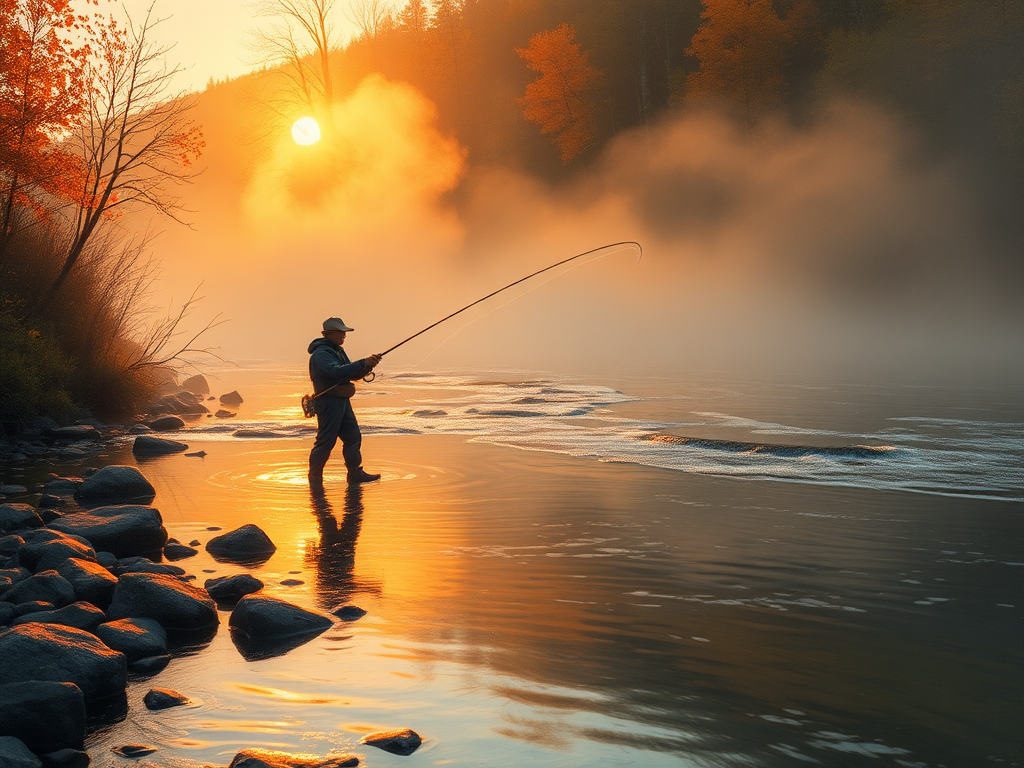
Canoe Adventure: An Asian Waterway Journey Through the Eyes of a Water Sports Enthusiast
A comprehensive guide covering various outdoor activities including water sports, land activities, observation experiences, and fishing, with professional guidance and safety tips for kayaking, surfing, hiking, rock climbing, stargazing, and fishing

